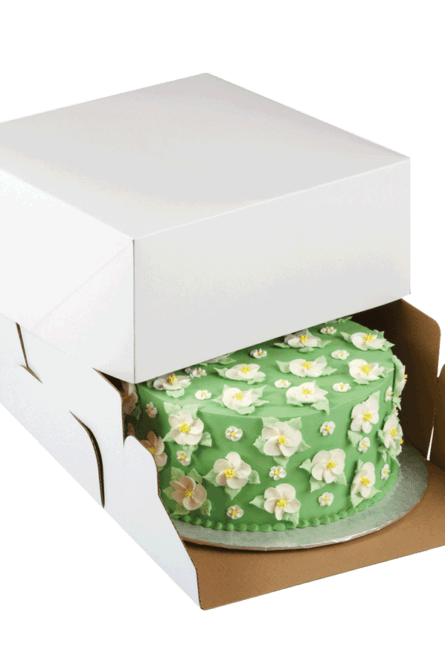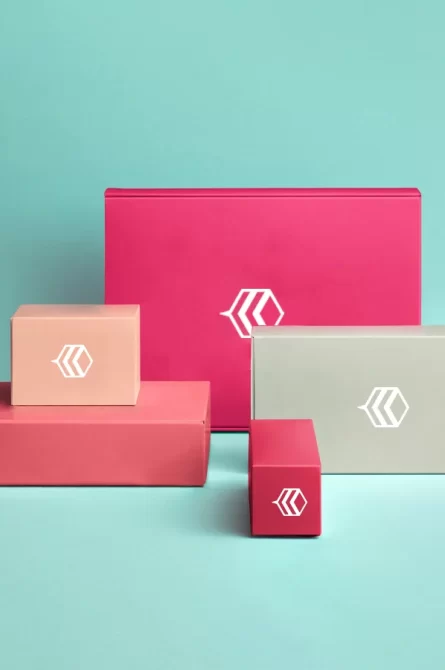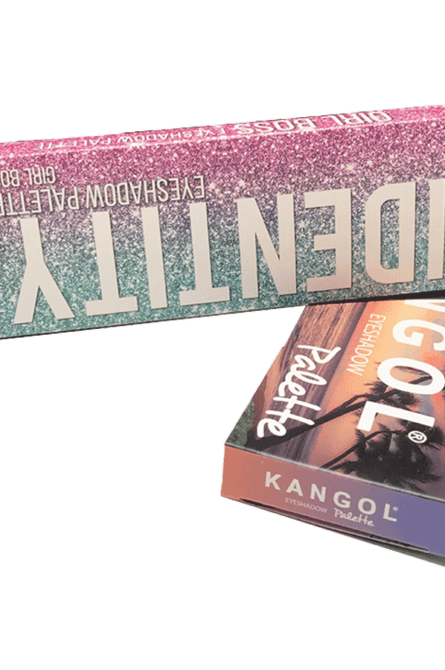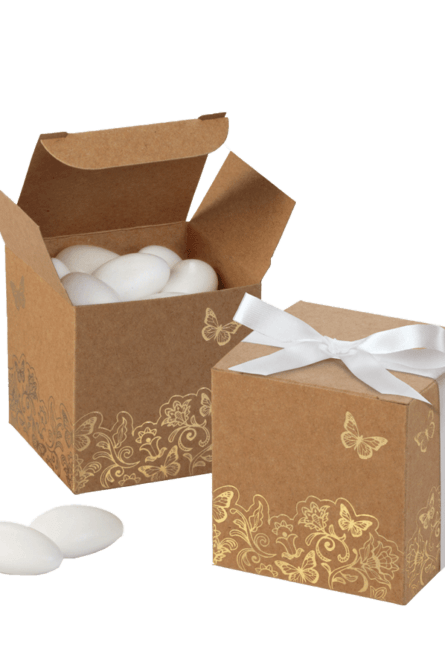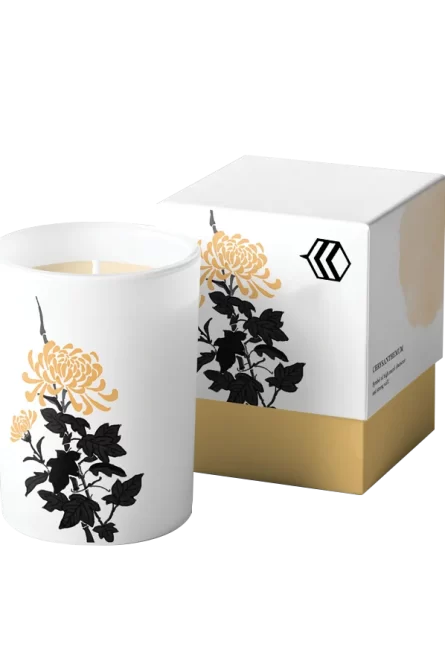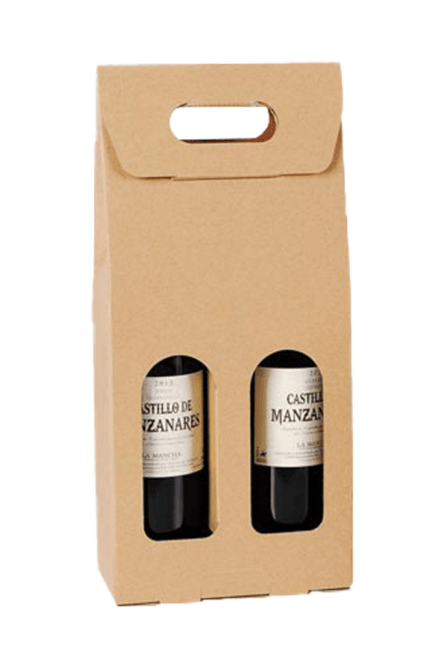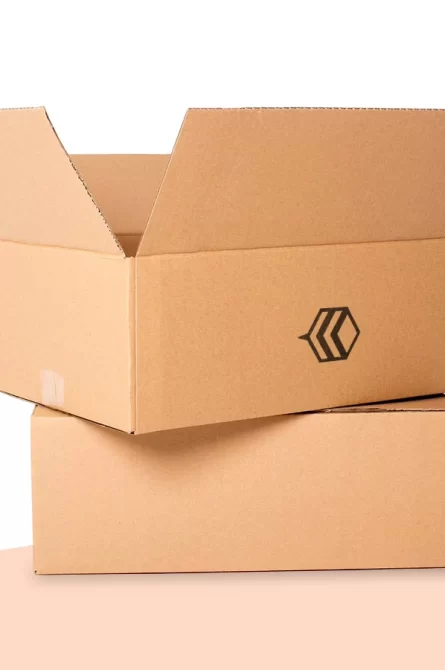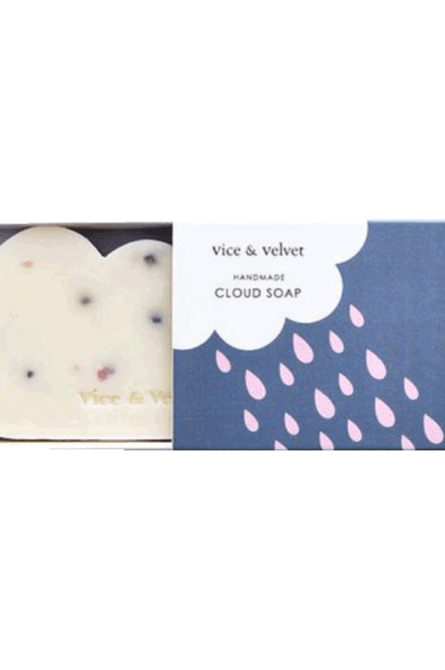13
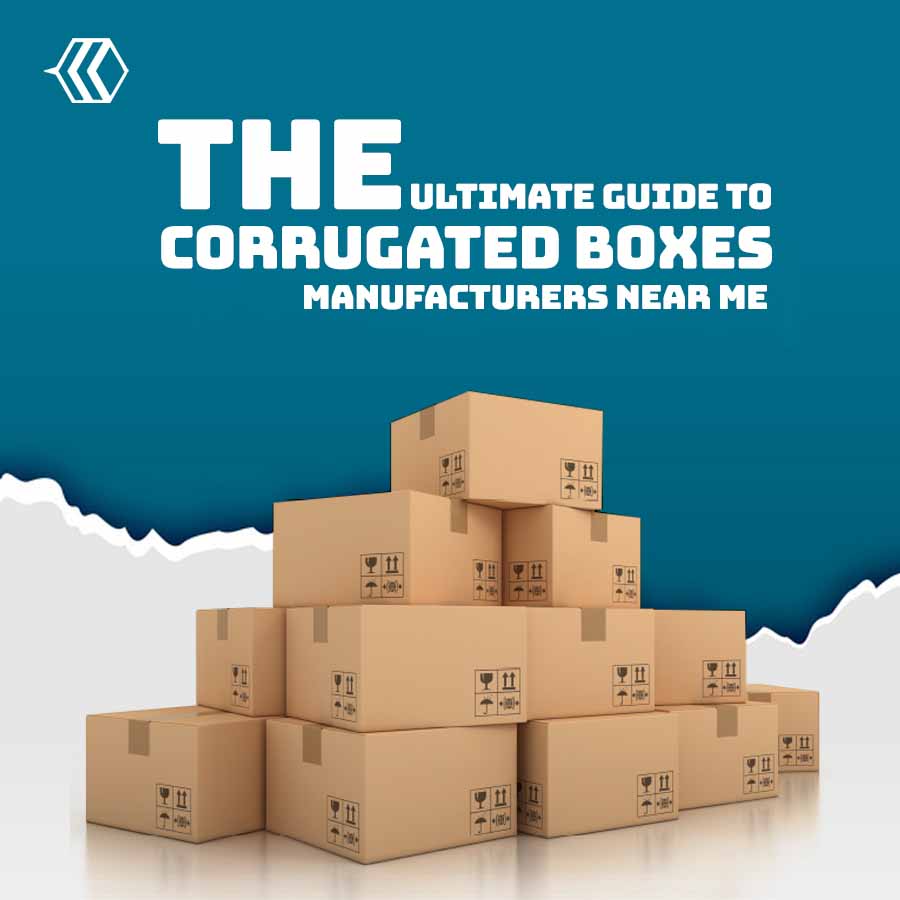
Because of their adaptability and little impact on the environment, corrugated boxes have brought about a sea change in the packaging sector.
In this all-encompassing guide, we will discuss every facet of a corrugated box, including its manufacturing, and the procedures involved in its production. And how it can be beneficial to both corrugated box manufacturers near me and the natural world.
What Is A Corrugated Box
A corrugated box is composed of three layers – outer liner, inner liner, and corrugated medium – bonded together with glue for extra structural support and printing surface smoothness, providing both structural integrity and smooth printing surfaces to print on, while corrugated medium adds strength and cushioning properties that make corrugated boxes an attractive shipping and storage choice for various products. This innovative construction makes corrugated boxes one of the more cost-efficient methods of shipping or storing products ranging from food items and books to clothing or even clothes or textile products!
Key Differences Between Cardboard And Corrugated Boxes
Cardboard boxes and corrugated boxes are two common packaging solutions, yet each has unique differences when it comes to construction, strength, and application.
Cardboard Boxes
As you know, cardboard boxes are manufactured using paperboard or chipboard, thicker forms of paper. Commonly known as cartons, cardboard boxes can be lightweight. And used in numerous light-duty applications like cereal boxes or shoeboxes to protect small consumer goods or package them together for retail displays or gifts. These corrugated box manufacturers near me provide more robust protection when shipping heavy or fragile objects; cardboard isn’t as robust in this respect; making cardboard an effective retail packaging choice where branding or product information plays an essential part in providing protection. Common uses for non-durable goods packaging: displays/gift packaging applications as they use corrugated boxes.
Corrugated Boxes
Custom Corrugated boxes feature three layers: an inner corrugated layer (flute medium) sandwiched by two outer liner layers for superior strength and durability.
This unique structure ensures corrugated boxes boast unrivaled strength. Cushioning properties make foam packaging ideal for protecting fragile or heavy items during transport. Corrugated boxes come in various sizes and are widely used across industries ranging from e-commerce. And manufacturing to logistics. Their durability allows for rough handling and stacking without losing their shape – ideal for the transport of goods! Plus, corrugated boxes are highly eco-friendly thanks to being created primarily of renewable resources like paper.
Last but not least, corrugated box manufacturer near me differs in construction, strength, and application. Cardboard boxes are manufactured of denser paperboard material suitable for light-duty packaging applications like retail displays and gift packaging; corrugated boxes feature three layers with superior strength and cushioning properties to withstand shipping, protecting heavy or fragile objects during transit or storage, or industrial uses. Knowing these differences helps businesses select appropriate packaging types according to their particular requirements to ensure products remain protected during transportation and storage.
The Manufacturing Process Of A Custom Box
Corrugated box manufacturing requires several key steps. The first is creating the corrugated medium by passing paper through flute rollers; the next is the outer. Inner liners adhere to that medium; finally cutting, scoring, and folding are performed to form desired box shapes – understanding this process will give insight into its quality and durability.
In addition, corrugated box manufacturers near me require several key steps that combine raw material transformation with assembly line production to yield sturdy yet versatile packaging solutions that we see across various industries today.
Here’s an overview of this manufacturing process:
Paper Selection
- To initiate this process, paperboard manufactured from wood pulp must first be selected as it must meet certain quality and strength specifications that guarantee its durability and performance within a packaging box.
Creation Of Corrugated Medium
- Corrugation is the process by which fluted or wavy layers are create that give corrugated boxes their strength and cushioning properties.
- Paperboard is fed through heated fluted rollers which create the corrugated pattern on its surface. Corrugated medium usually comprises softer paperboard than liner sheets for maximum corrugation efficiency.
Preparing Liner Sheets
- This step involves producing both layers, known as liner sheets, separately to produce a corrugated box.
Gluing Layers Together
- Liner sheets typically comprise higher-grade paperboard and provide a smooth surface suitable for printing while adding structural integrity.
Adhesion On Either Side
- The corrugated medium then passes through an adhesive application machine which applies it on one or both sides, sealing each side to create corrugation layers.
- Liner sheets are then applied to an adhesive-coated corrugated medium to form a three-layered structure, often featuring starch-base water-soluble glue for easier recycling and eco-friendliness.
Establishing Corrugated Board
- The combined layers of corrugated medium and liner sheets are run through hot rollers to bond together securely.
Cutting And Scoring
- Corrugated board sheets of dimensions for box manufacturing are cut into sheets using cutting machines to facilitate folding into box shapes easily. Scoring refers to creating folds or creases within corrugated board sheets to facilitate folding for box construction.
Folding And Gluing Boxes
- Cut and scored sheets are folded along their crease lines into their box shape before adhesive is add on specific areas, usually along flaps and edges, to secure its structure.
- Once assembled, boxes glued with glue are then put through presses or rollers to ensure a secure bond.
Quality Control And Printing
- Each corrugated box goes through rigorous quality control checks to ensure its dimensions, structural integrity, and adhesive strength are within acceptable parameters.
- Printing can then take place, adding any necessary designs, logos, product information, and barcodes as desired to the boxes.
Types Of Corrugated Packaging Boxes
Corrugated packaging boxes come in various varieties to meet different packaging requirements. Options available to you can include single-wall, double-wall, and triple-wall corrugated boxes – with single wall providing basic protection while double and triple wall provides additional strength; single wall boxes can provide enough for lighter items while the extra protection offered by triple and double walls can help support heavier or fragile products better than single walls alone.
Also, consider die-cut boxes tailored to specific products!
Customization And Branding
These boxes from printed corrugated box manufacturers near me provide the ideal canvas for branding and customization, including logo printing and eye-catching design elements. This customized packaging not only strengthens brand recognition. But also creates an unforgettable unboxing experience that leaves lasting memories with customers.
9 Reasons To Use A Corrugated Box Near Me
A corrugated box near me has become an indispensable choice in packaging solutions, providing businesses and consumers alike with many compelling advantages.
Below we outline each of these benefits further – let’s dive deeper to know corrugated cardboard manufacturers near me!
Here are ten reasons why corrugated boxes make such great options:
- Durability And Strength
Corrugated packaging boxes are widely known for their incredible durability and strength, featuring unique structures featuring corrugated layers sandwiched between smooth liners that add rigidity, providing resistance from external pressures that ensure products remain well protected during handling, storage, or transit.
- Versatility In Usage
These custom corrugated boxes have many uses across industries. From shipping products and storing inventory to organizing them and serving as display units. Corrugated boxes prove indispensable in business operations of every kind.
- Cost-Efficiency
This corrugated packaging offers cost-efficient solutions. Production is relatively affordable, which reduces overall manufacturing and shipping expenses – further contributing to cost savings overall. Additionally, their lightweight nature helps cut shipping expenses even further, contributing to further cost reduction for businesses.
- Eco-Friendly And Recyclable
Corrugated boxes offer many eco-friendly advantages that complement sustainability efforts while simultaneously minimizing environmental impact. Their construction uses renewable resources. Such as paper and cardboard that are biodegradable and easily recyclable – two benefits that come together in creating a reduced environmental footprint.
- Customization And Branding Opportunities
A corrugated box provides the ideal surface for branding and customization opportunities, offering companies an ideal canvas to promote brand recognition while creating a memorable unboxing experience for customers. And creating memorable impressions of them leaving lasting memories behind them.
- Lightweight And Easy To Handle
Corrugated boxes have the advantage of being lightweight yet strong, making them easy for both employees in warehouses as well as end-users to handle with less strain during packaging or unpacking processes, increasing overall operational efficiency. This quality makes corrugated boxes highly valued by businesses looking for ways to increase operational efficiencies through operational efficiencies in both packing and unpacking operations.
- Outstanding Printing Surface
These packaging boxes offer smooth surfaces that provide for high-quality printing of product labels, barcodes, or intricate designs to display essential information clearly and legibly. This makes the printing options versatile enough to meet a range of printing needs – making the product labels legible as well. These boxes can be customized to meet specific size and shape requirements, making sure products fit securely within them and eliminating extra padding materials that might otherwise be required during transit.
This feature ensures reduced movement risk during shipping while at the same time cutting costs from overfilled packaging materials.
- Stackability And Storage Efficiency
Corrugated boxes are specifically designed to maximize efficiency during storage and stacking processes. Their uniform dimensions and sturdy construction facilitate safe stacking that maximizes warehouse space while simultaneously decreasing product damage risks.
- Protection For Fragile Items
As businesses transporting delicate or fragile products, corrugated packaging boxes offer excellent protection. With their cushioning properties and ability to add protective materials as extra layers of security during transport.
Moreover, corrugated packaging boxes boast many advantages for businesses across industries, ranging from durability and eco-friendliness to versatility and cost-effectiveness. Their ability to promote brand visibility while offering protection makes corrugated boxes an obvious choice that contributes to sustainable practices while optimizing operations.
Different Types, Sizes, & Flute Styles Of Corrugated Boxes
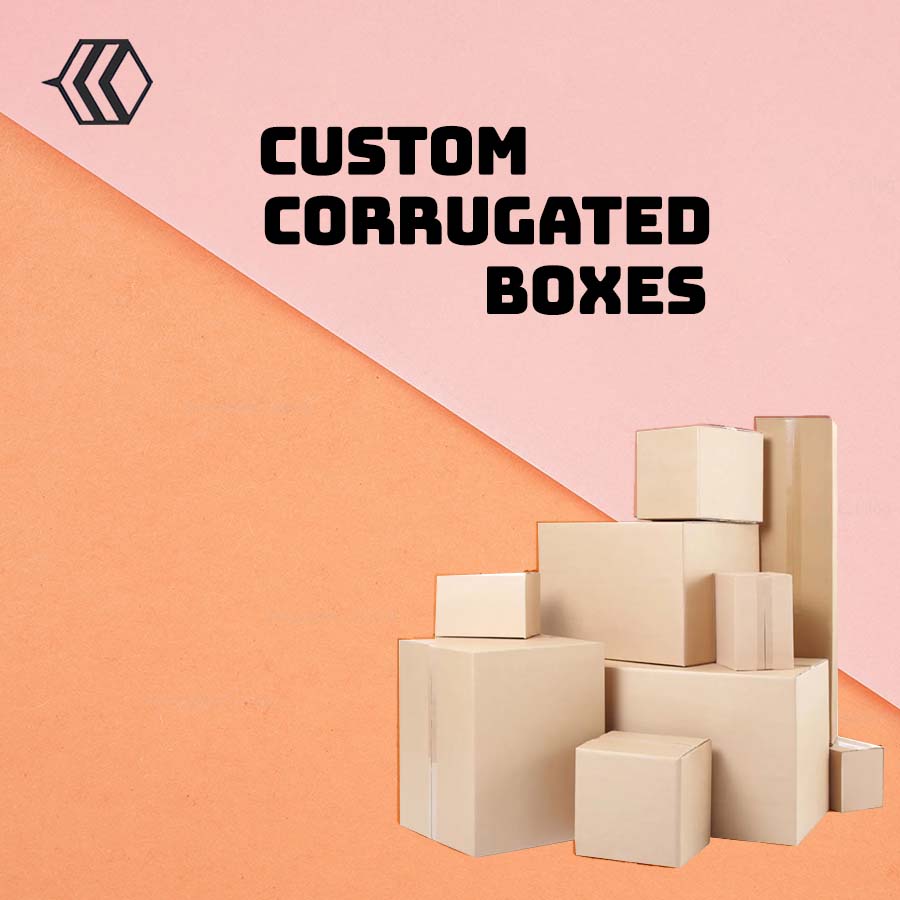
Corrugated boxes come in numerous types and sizes to meet packaging requirements, making understanding your options crucial to finding an efficient packaging solution.
Popular Types Of Corrugated Boxes
- Regular Slotted Container (RSC)
Corrugated boxes with four flaps glued or sealed shut are among the most widely seen, featuring four panels that must be joined. And closed with tape or glue in order to complete its appearance.
- Full Overlap Container (FOL)
A FOL has fully overlapping flaps to provide extra strength. And protection when packaging heavy or fragile objects. Often seen used with this container.
- Half-Slotted Container (HSC)
These half-slotted containers resemble RSCs in that only one set of flaps is present on them, making it suitable as either an insert lid for another box or a bottom tray.
- Die-Cut Box
These custom-shaped containers can accommodate items of specific shapes. This makes die-cut boxes the ideal solution when space constraints require tight-fitting enclosures. Such as when sending items with unique forms to another country.
- Telescope Box
This style of container features two individual lids and base pieces to facilitate easy access to its contents. And are popularly used in retail packaging applications.
Box Size Options Available
Corrugated boxes come in various sizes to meet different product needs, with standard categories being divided according to length, width, and height dimensions. Custom sizes may also be manufactured according to specific customer requests or specifications.
- Flutes
Flutes (or flutes) are corrugated sheets typically used as cushioning or structural support with waves or ripples to provide cushioning or structural assistance, often for cushioning applications. There are multiple styles of flutes commonly seen today including:
- A-flute
Our largest container offers exceptional cushioning and stacking strength – ideal for products needing additional protection.
- B-flute
B-flute offers an easier printing surface and should only be considered when space constraints exist. In addition, B-flute packaging with high-resolution graphics or space limitations are good examples where this material could come in handy.
- E-Flute
This versatile thin material offers an ideal surface for high-quality printing applications such as retail packaging.
- F-Flute
This flute style offers exceptional printability for intricate packaging designs or premium products. It makes an impressive impression!
Selecting an ideal type, size, and flute-style corrugated box for storage purposes is of utmost importance in protecting products during transit or storage. Businesses should take into consideration factors like product nature. And shipping needs when choosing their box type(s).
Flute Chart
| A Flute Style | Flute Height (inches) | Common Applications |
| A-Flute | 0.197 | Heavy-Duty Packaging |
| B-Flute | 0.098 | Retail Displays |
| C-Flute | 0.157 | Standard Packaging |
| E-Flute | 0.079 | Fine Printing |
Corrugated Cardboard Recycling
Corrugated cardboard recycling is an integral and responsible practice, consisting of collecting, processing and reusing used corrugated boxes as packaging supplies. Recycling a corrugated box plays a pivotal role in mitigating environmental pollution.
Recycling begins with collecting use corrugated cardboard materials from homes, and commercial establishments. And industries around the country for recycling purposes. All collected materials are transported to recycling facilities where they undergo several steps that transform them into usable products. First, cardboard must be separated from contaminants. Such as plastic bags or paper labels to create usable pieces for reuse.
Any remaining impurities are then eliminated leaving behind clean pulp ready for further processing. Corrugated cardboard recycling offers several key advantages. Primarily, it helps preserve natural resources like trees by decreasing demand for fresh paperboard production and conserving natural resources like timber. Additionally, corrugated recycling ensures cost efficiency with production costs reduced significantly as recycled pulp is processed back into new sheets or products prepared from other paper-based products such as corrugated sheets.
Best of luck!



